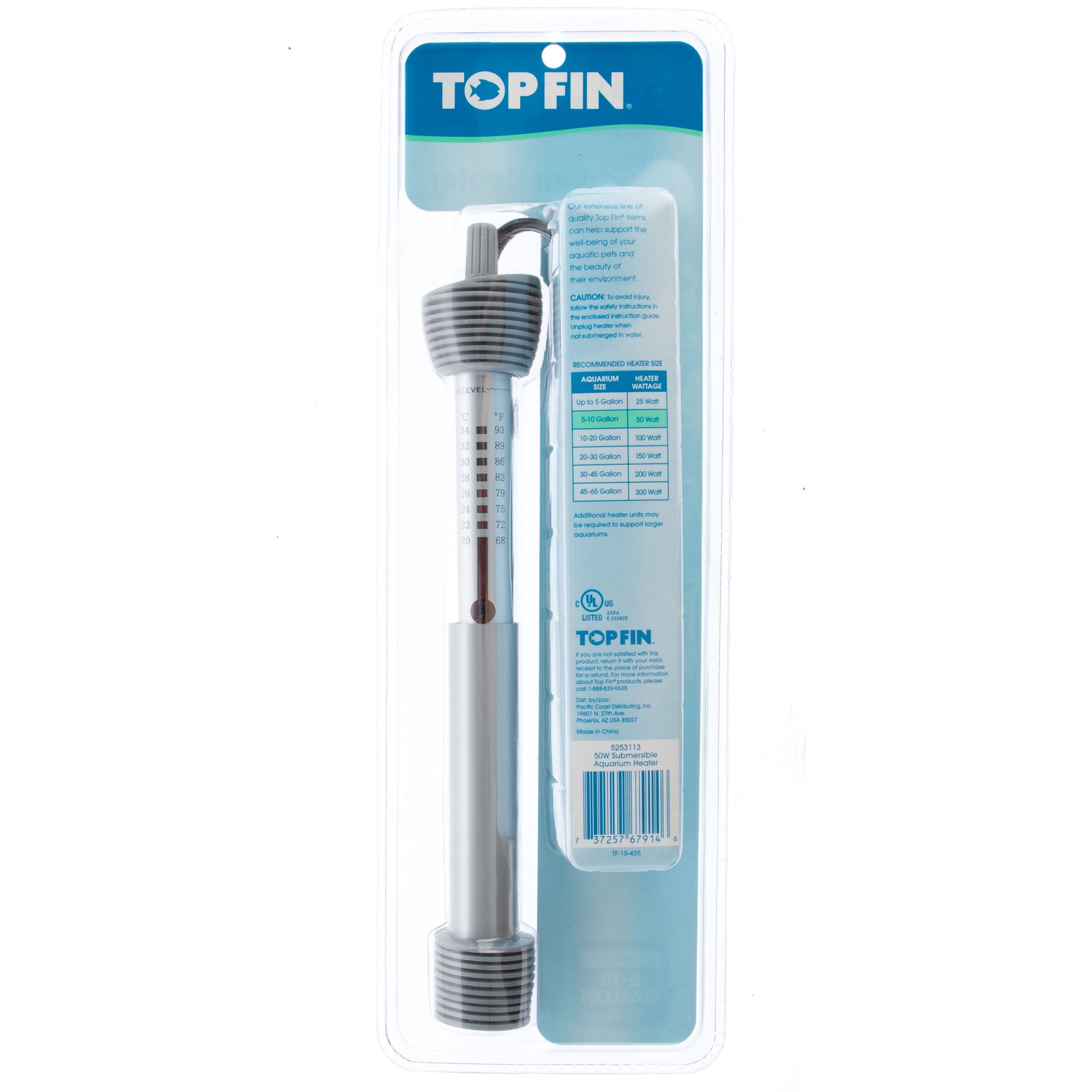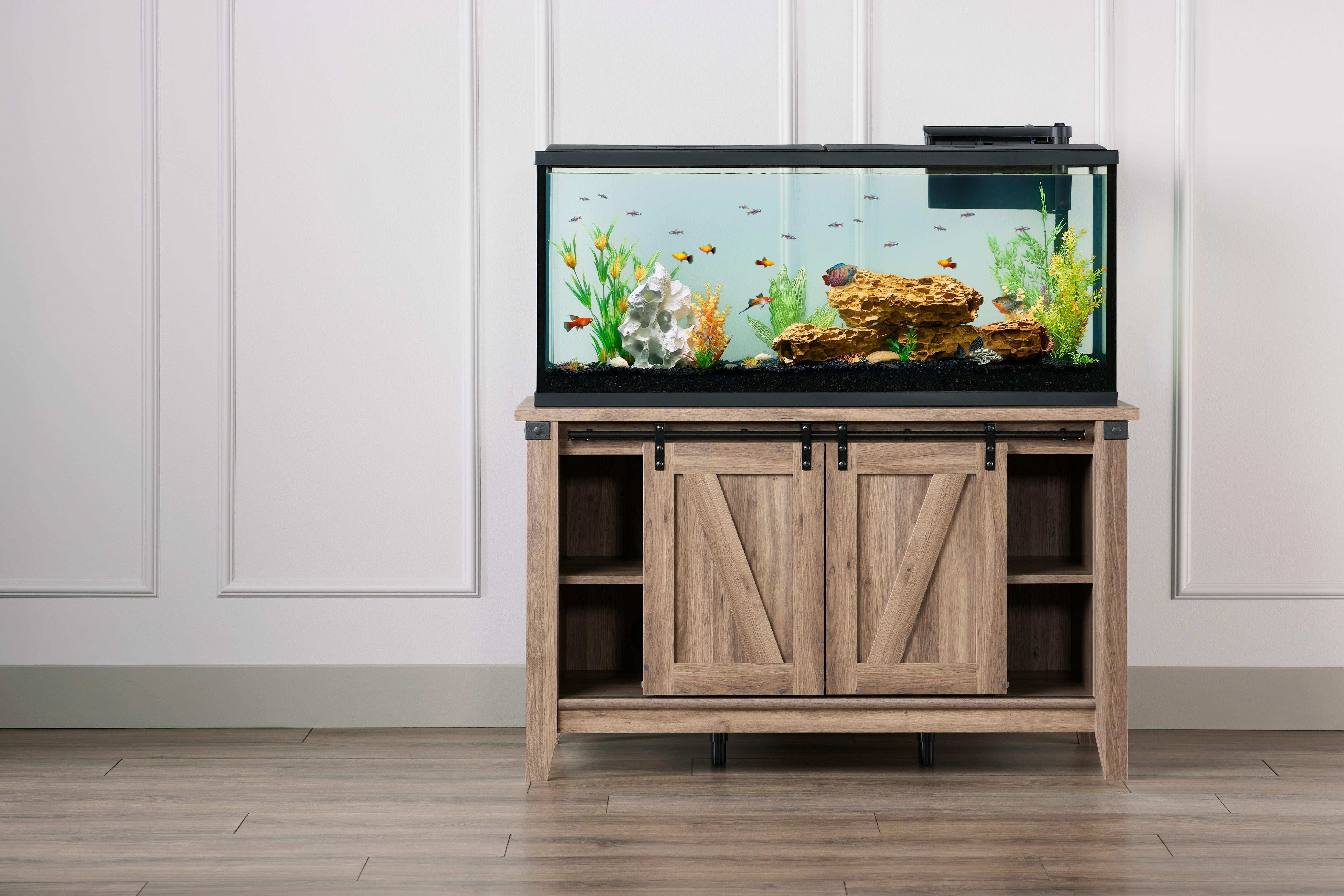Choosing the Right Aquarium Cabinet
An aquarium cabinet serves as the foundation for your aquatic ecosystem, providing a sturdy and stylish base for your tank. Selecting the right cabinet is crucial for ensuring the longevity and stability of your aquarium setup. This guide will help you navigate the key factors to consider when choosing an aquarium cabinet.
Cabinet Size
The size of the aquarium cabinet should be directly proportional to the size of your aquarium. A well-fitting cabinet will not only provide ample support for the tank’s weight but also allow for adequate space for equipment, filtration systems, and other accessories. It’s essential to measure your aquarium’s dimensions, including its length, width, and height, to ensure a perfect fit. Ideally, the cabinet should be slightly wider and deeper than the aquarium to provide a stable base and allow for comfortable access to the tank.
Cabinet Material
The material of the aquarium cabinet plays a significant role in its durability, weight capacity, and aesthetics.
Here’s a comparison of popular cabinet materials:
| Material | Pros | Cons |
|—|—|—|
| Wood | Durable, aesthetically pleasing, can be customized | Susceptible to moisture damage, may require regular maintenance |
| Metal | Strong, corrosion-resistant, often affordable | Can be heavy, may be susceptible to scratches and dents |
| Plastic | Lightweight, affordable, easy to clean | Not as durable as wood or metal, may not be suitable for heavier tanks |
Weight Capacity
The weight capacity of the aquarium cabinet is a critical factor to consider, as it needs to support the combined weight of the aquarium, water, and any additional equipment. A good rule of thumb is to choose a cabinet with a weight capacity at least twice the weight of your fully loaded aquarium. For example, if your aquarium weighs 200 pounds when filled with water and equipment, you should select a cabinet with a weight capacity of at least 400 pounds.
Cabinet Style
Aquarium cabinets come in various styles to complement different aquarium setups and interior design preferences.
Here are some popular styles:
* Traditional: These cabinets feature classic designs with intricate details and often incorporate wood as the primary material. Traditional cabinets are suitable for larger aquariums and formal settings.
* Modern: Modern cabinets embrace sleek lines, minimalist designs, and often incorporate metal or high-gloss finishes. They are ideal for contemporary aquarium setups and smaller tanks.
* Rustic: Rustic cabinets feature natural wood finishes, distressed details, and often incorporate elements like metal accents or wrought iron hardware. They are perfect for creating a natural and cozy ambiance.
* Contemporary: Contemporary cabinets blend modern and traditional elements, offering a stylish and functional solution for a wide range of aquarium setups.
Assembling the Aquarium Cabinet: Top Fin Aquarium Cabinet Instructions

The process of assembling your aquarium cabinet is relatively straightforward. It involves unpacking the components, identifying each piece, and following the provided instructions carefully.
Unpacking and Identifying Components
Before you begin assembly, ensure you have all the necessary tools, such as a screwdriver, a Phillips head screwdriver, and a wrench. Carefully unpack the cabinet, laying out all the components on a clean, flat surface. This will make it easier to identify and locate each piece.
- Cabinet Panels: These are typically made of sturdy material, such as MDF or particleboard, and come in various sizes to form the cabinet’s structure.
- Doors and Drawers: These components add functionality and storage to the cabinet. The doors may come pre-hinged, while drawers will require assembly.
- Hardware: This includes screws, hinges, drawer slides, handles, and other necessary fasteners for assembling the cabinet.
- Instructions: The assembly instructions should be included with the cabinet and provide detailed steps and diagrams for assembling each part.
Assembling the Cabinet, Top fin aquarium cabinet instructions
Once you have identified all the components, you can start assembling the cabinet.
- Start with the Base: Assemble the base of the cabinet by attaching the bottom panels to the side panels. Ensure the panels are aligned and secure the joints with screws.
- Add the Sides and Back: Attach the side panels to the base, ensuring they are aligned and flush. Secure the joints with screws. Attach the back panel to the assembled frame.
- Install the Doors and Drawers: Attach the doors to the cabinet frame using the pre-installed hinges or install hinges as instructed. Attach the drawer slides to the cabinet frame and the drawers themselves.
- Secure the Cabinet: Once the cabinet is assembled, you should secure it to the floor or wall for added stability. This is crucial, especially for heavier aquariums. Use L-brackets and appropriate screws to attach the cabinet to the wall or floor.
Installing the Aquarium
Once the cabinet is assembled and secured, you can install the aquarium on top.
- Prepare the Aquarium: Ensure the aquarium is clean and dry. It’s also recommended to have a friend help you with this step.
- Lift the Aquarium Carefully: Lift the aquarium carefully and slowly, using a proper lifting technique to avoid strain or injury. Use a sturdy base or lifting straps to distribute the weight evenly.
- Position the Aquarium: Gently lower the aquarium onto the cabinet, ensuring it is centered and level. Avoid any sudden movements or jarring.
- Check for Stability: Once the aquarium is in place, check for stability by gently pushing it from different sides. Ensure it doesn’t move or wobble.
Setting Up and Maintaining the Cabinet
Once you have assembled your aquarium cabinet, it’s time to set up the aquarium and its essential accessories. This section will guide you through the process of setting up and maintaining your aquarium cabinet to ensure a healthy and thriving environment for your fish.
Installing Aquarium Accessories
Installing the necessary accessories is crucial for creating a suitable environment for your fish. The most common accessories include filters, lighting, and heaters.
- Filters are essential for maintaining water quality by removing waste and debris. They come in various types, including internal, external, and hang-on filters. The type of filter you choose will depend on the size of your aquarium and the number of fish you plan to keep.
- Lighting is essential for providing the right amount of light for your plants and fish. Aquarium lights come in various types, including LED, fluorescent, and halogen lights. The type of light you choose will depend on the type of plants and fish you have in your aquarium.
- Heaters are necessary for maintaining the correct water temperature for your fish. The type of heater you choose will depend on the size of your aquarium and the desired temperature range.
It’s important to install these accessories correctly to ensure they function properly. Refer to the manufacturer’s instructions for specific installation details. Ensure that the filter is placed in a strategic location for optimal water flow and that the lighting provides the right amount of illumination. The heater should be placed in a safe spot, away from any potential damage, and properly calibrated to maintain the desired temperature.
Maintaining the Aquarium Cabinet
Regular maintenance is essential for keeping your aquarium cabinet clean and your fish healthy. Here are some essential maintenance tasks:
- Cleaning the Cabinet: Regularly clean the cabinet to remove dust, debris, and spills. Use a damp cloth and mild detergent to wipe down the surfaces. Avoid using harsh chemicals that could damage the cabinet or harm your fish.
- Checking for Leaks: Regularly check for leaks in the aquarium and the cabinet. Any leaks can damage the cabinet and create a hazardous environment for your fish. If you find a leak, immediately address it to prevent further damage.
- Replacing Worn Parts: Over time, some parts of the cabinet may wear out, such as seals, filters, and lighting fixtures. Replace these parts as needed to ensure the cabinet functions properly.
Troubleshooting Common Issues
Here are some common issues that may arise with aquarium cabinets and their solutions:
- Water Leaks: Water leaks can be caused by a variety of factors, including faulty seals, cracks in the aquarium, or loose fittings. Inspect the aquarium and cabinet for any signs of damage. If you find a leak, address it immediately to prevent further damage.
- Uneven Surfaces: Uneven surfaces can cause the cabinet to tilt and potentially damage the aquarium. Ensure that the cabinet is placed on a level surface and that the legs are adjusted to ensure stability.
- Unstable Legs: Unstable legs can cause the cabinet to wobble and potentially damage the aquarium. Inspect the legs and ensure they are securely attached and adjusted to ensure stability.
Top fin aquarium cabinet instructions – Building your Top Fin aquarium cabinet is a journey of craftsmanship, each step a testament to your dedication. The cabinet doors, however, are the silent heroes, their smooth opening and closing a testament to the quality of their hinges.
For reliable and sturdy hinges, consider exploring the options at cabinet door hinges lowes. With the right hinges, your Top Fin aquarium cabinet will not only house your aquatic companions but also stand as a testament to your skill and dedication.
Just as carefully crafted top fin aquarium cabinet instructions guide you towards a thriving underwater world, so too can cabinet style fireplace doors elevate your hearth into a cozy sanctuary. Both projects, in their own way, involve a blend of precision and artistry, transforming spaces into havens of beauty and serenity.
Whether you’re setting up an aquatic paradise or creating a warm fireplace focal point, the process itself becomes a journey of creation, leaving you with a sense of accomplishment and a space you can truly cherish.


